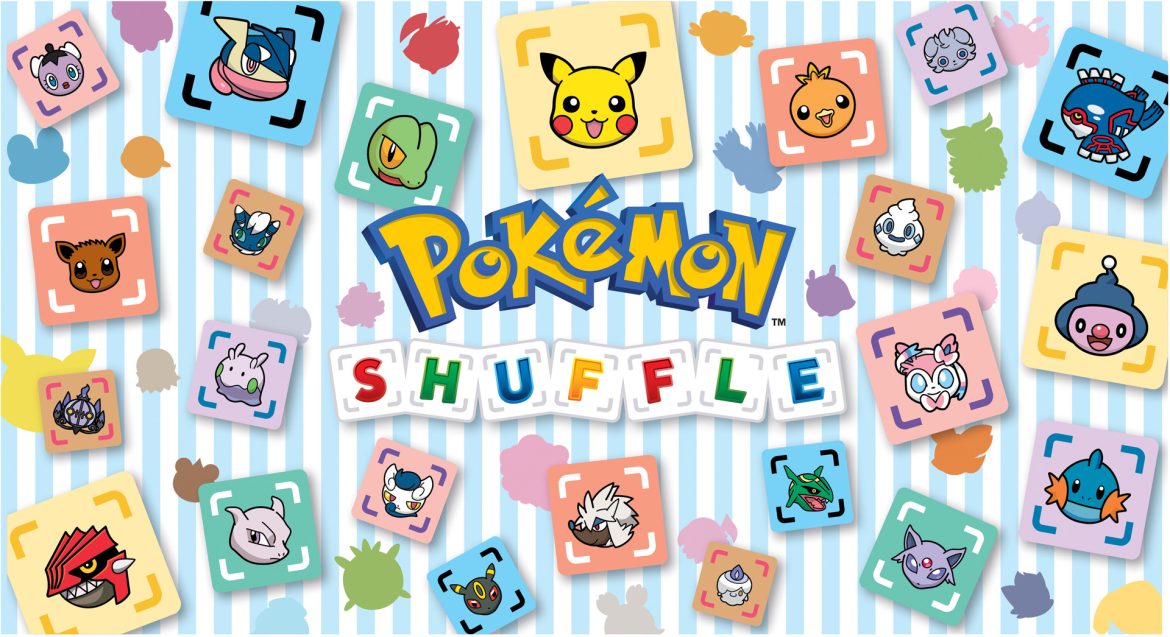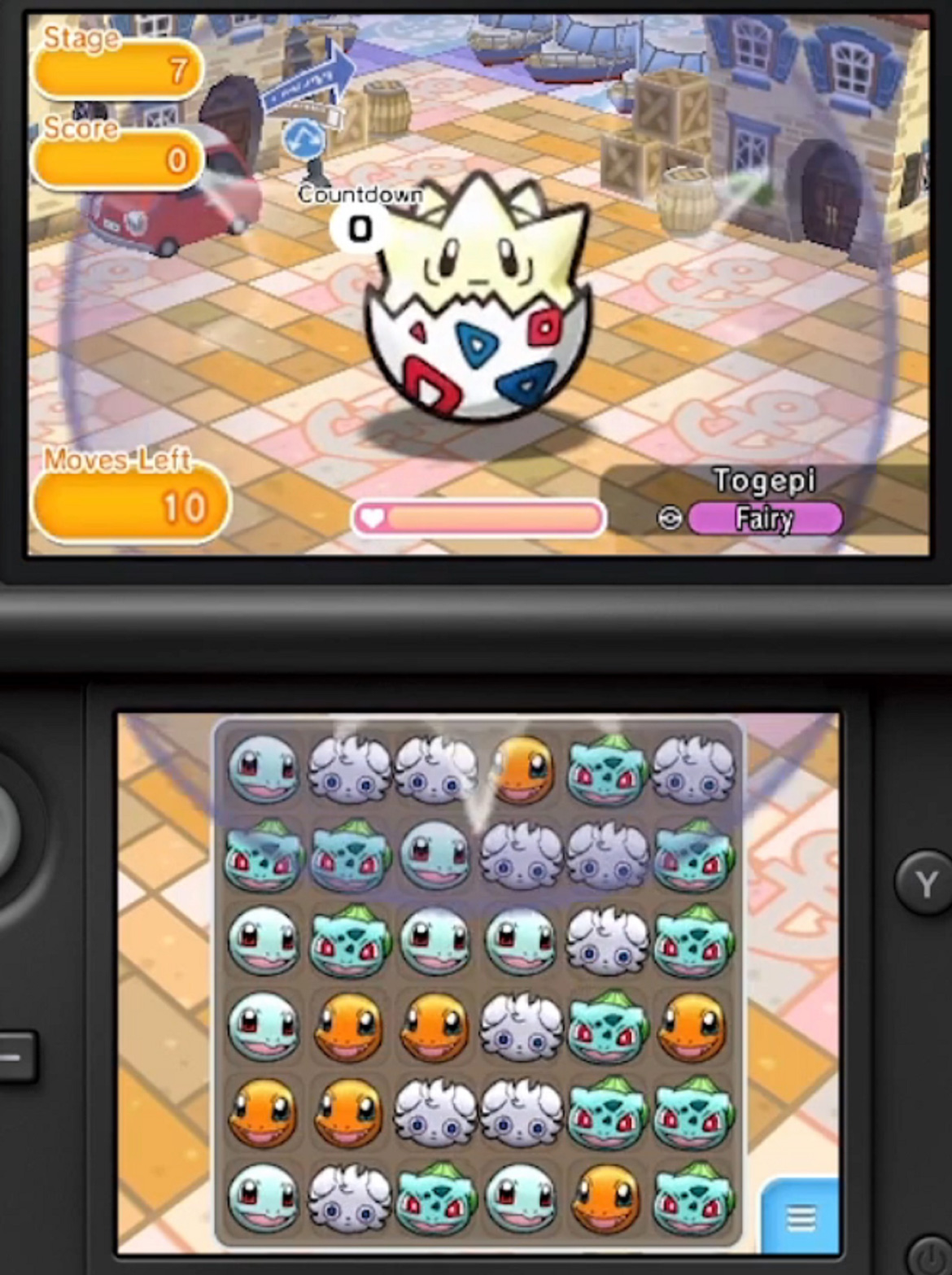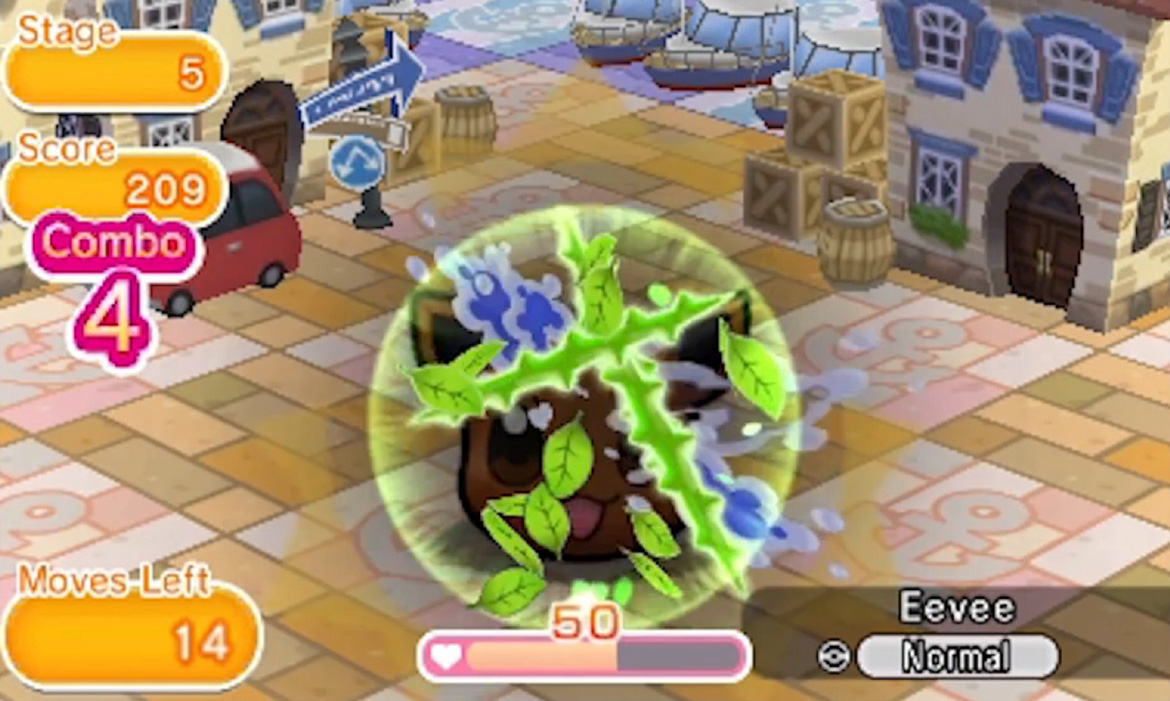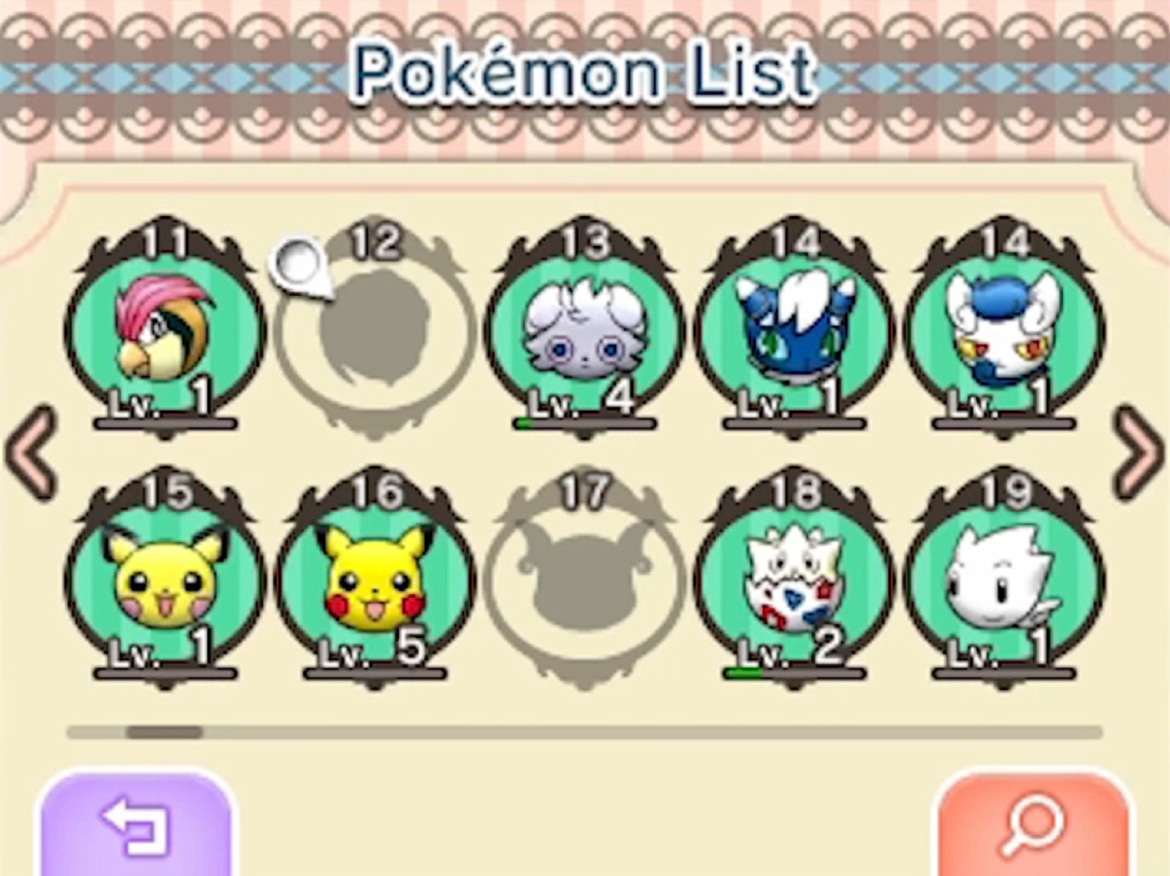TL;DR
Pokémon Shuffle is a free-to-play puzzle game where you match Pokémon to defeat opponents, leveraging familiar type advantages and unique abilities. While its polished presentation, fluid controls, and tactical depth offer enjoyable short bursts of play, its free-to-play model introduces frustrating elements like limited lives and the reliance on in-game purchases for essential items and catching rare Pokémon. Discover if its charm outweighs its monetization strategies.
Pokémon Shuffle is the latest puzzle game from Nintendo, leveraging the free-to-play model.
The familiar Pokémon characters take center stage as players attempt to bring order to the chaotic assortment of monsters on screen. By strategically swapping the positions of Pokémon – a mechanic that allows for complete freedom of movement, unrestricted by adjacency – players create matches. Forming rows of three yields positive results, while rows of four of the same Pokémon are even more effective. Chain reactions, T-shapes, L-shapes, rows of five, and special blocks add further depth and complexity as the player progresses.
The core gameplay is straightforward and potentially familiar to players. The concept of matching three similar elements in a puzzle game is a well-established trope, perhaps most notably seen in mobile games with a candy theme. It’s worth noting that Nintendo explored this concept with *Tetris Attack* in 1996, predating many similar titles.
Pokémon Shuffle distinguishes itself from other puzzle games through its tactical elements. Each level challenges players to defeat a specific Pokémon. Series veterans will recognize the importance of type matchups. Players select a team of Pokémon to strategically exploit weaknesses when facing a particular opponent (e.g., Water-type Pokémon like Squirtle are strong against Fire-type Pokémon like Charmander). The Pokémon used in battle gain experience and level up. Beyond elemental types (Fire, Water, Electric, etc.), individual Pokémon also possess unique abilities. Some may inflict bonus damage when matched in longer rows, while others have a chance to trigger critical hits. For players less inclined to meticulously manage their team composition, the “optimize” button offers a shortcut, although this can streamline the game unnecessarily. While the free movement of Pokémon might suggest simplicity, the limited number of moves available to inflict maximum damage ensures that progressing remains challenging.
Another distinguishing feature of Pokémon Shuffle is its presentation. Beyond the inherent charm of the Pokémon themselves, the game boasts a polished and engaging aesthetic, enhanced by well-executed animations. The music evokes a feeling reminiscent of Super Mario Sunshine, with a relaxed, swaying tempo that complements the puzzle gameplay. The controls are also a positive aspect; stylus-based input is often less desirable than traditional button controls, but in this case, it’s implemented effectively and feels intuitive.
Many aspects of Pokémon Shuffle are commendable. While not groundbreaking, it offers an enjoyable experience, particularly in short sessions. However, the game incorporates design choices common in free-to-play titles that can detract from the overall experience. The necessity of purchasing items that become almost essential for progression is one such issue. The game also implements a limited energy system. Each level completion consumes one life, and after exhausting five lives, players must either wait for a timer to replenish them or purchase additional lives.
Furthermore, attempting to catch rarer Pokémon may require purchasing premium Pokéballs from the Nintendo eShop. For instance, capturing Mew, a “Mythical” Pokémon, may prove difficult with standard Pokéballs, even after successfully completing the level.
Nintendo’s embrace of these mechanics is somewhat disappointing. A company known for rewarding skill, practice, and exploration now presents a game where players with more financial resources or time for repetitive grinding gain an advantage. While Pokémon Shuffle possesses qualities that distinguish it from other puzzle games in the free-to-play genre, despite their shared core mechanics, it ultimately falls short of the expectations associated with a Nintendo title.




